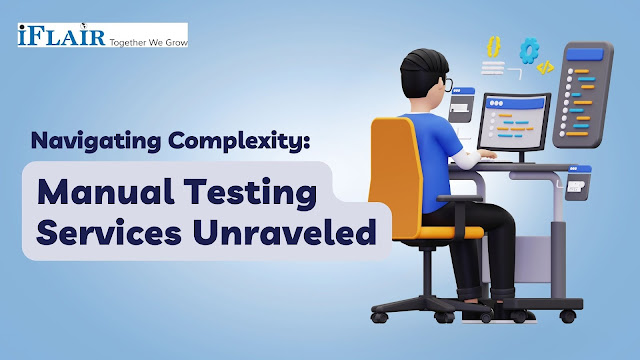What is Regression Testing in Manual Testing Services?
As software development has become an increasingly complex process, the need for effective testing services has become more important than ever. One of the key testing services used by software development companies is regression testing, which is an important aspect of manual testing services. In this blog, we will discuss what regression testing is and how it is used in manual testing services.
What is Regression Testing?
Regression testing is a software testing process that involves running a series of tests on a software application to identify any bugs or defects that have been introduced into the system during the development process. The purpose of regression testing is to ensure that any changes made to the software application have not caused any unintended side-effects or bugs that could potentially impact the overall functionality of the system.
Regression testing is typically performed after any changes are made to the software application, such as a new feature being added, a bug being fixed, or a system update being applied. The tests performed during regression testing are designed to ensure that the system is still functioning as expected, even after any changes have been made.How is Regression Testing Used in Manual Testing Services?
Manual testing services involve the use of manual testing techniques, such as exploratory testing and usability testing, to identify any defects or issues with the software application. Regression testing is a key component of manual testing services, as it allows testers to identify any new issues that may have been introduced into the system after changes have been made.
There are several benefits to using regression testing as part of manual testing services. First, regression testing allows testers to identify any new issues that may have been introduced into the system after changes have been made, ensuring that the software application is still functioning as expected. This can help to reduce the risk of bugs and defects impacting the overall functionality of the system.
In addition, regression testing can help to improve the overall quality of the software application by identifying and addressing any issues that may have been missed during earlier testing phases. This can help to ensure that the software application is reliable, stable, and free from any major defects or issues.
Finally, regression testing can help to save time and reduce costs by identifying any issues early in the development process. This can help to reduce the amount of time and resources that are needed to fix any issues that are identified, as well as reduce the risk of major issues impacting the overall functionality of the system.
Conclusion
Regression testing is an important aspect of manual testing services that is used to identify any new issues that may have been introduced into the system after changes have been made. By using a combination of automated testing tools and manual testing techniques, testers can identify and address any issues that may impact the overall functionality of the software application. This can help to improve the overall quality of the system, reduce the risk of major issues impacting the functionality of the system, and save time and resources by identifying issues early in the development process.




Comments
Post a Comment